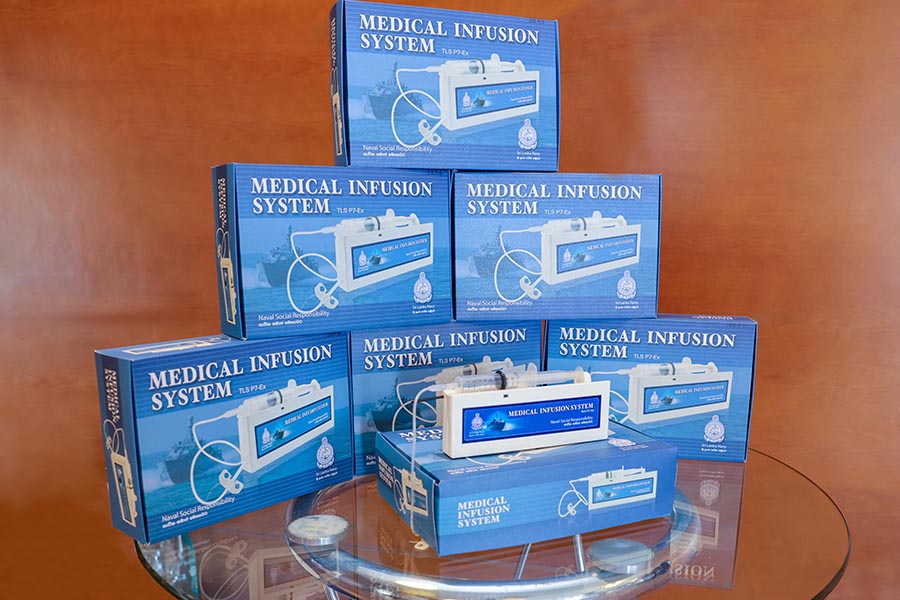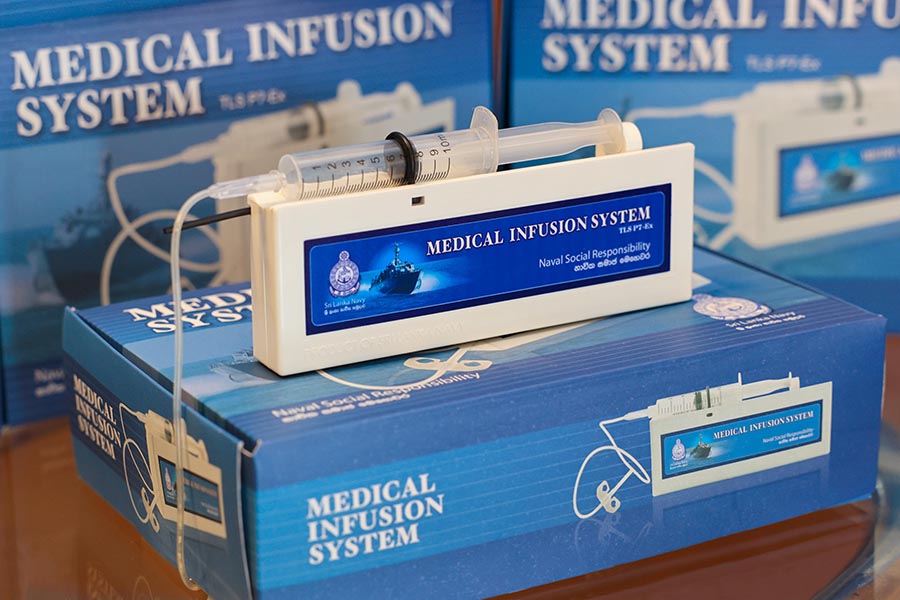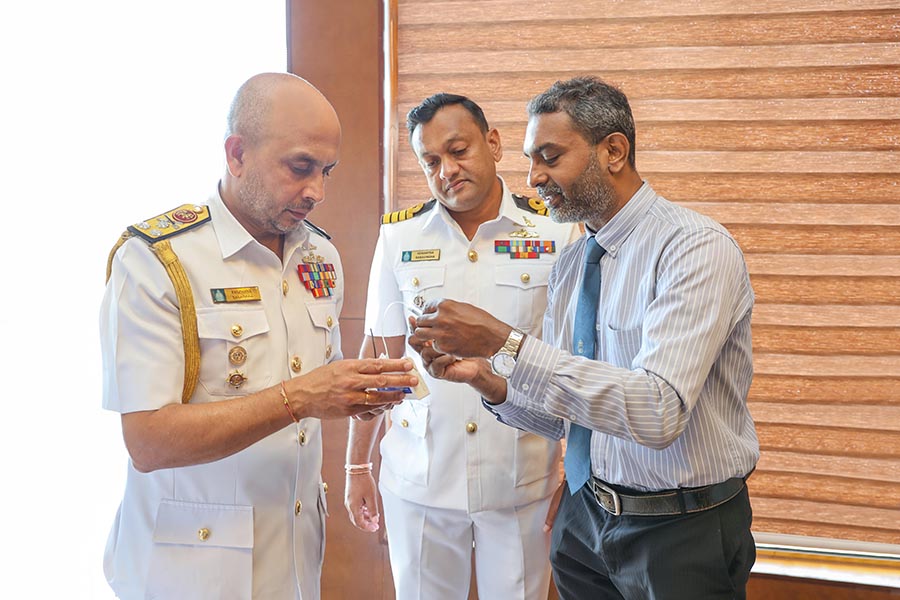Navy Delivers 3,564 Lifesaving Pumps So Far
June 11, 2025Sri Lanka Navy (SLN) has so far handed over 3,564 cost-effective thalassemia infusion systems to the Ministry of Health, reaffirming its commitment to public welfare and national healthcare.
Thalassemia, a hereditary blood disorder that often necessitates regular blood transfusions, leads to excessive iron build-up in vital organs, a condition that can be fatal if left untreated. The infusion system used for iron chelation therapy is, therefore, a lifeline for patients, especially children.
However, the high cost of imported infusion systems, ranging from Rs. 75,000 to Rs. 100,000, makes them unaffordable for many Sri Lankan families. Addressing this critical healthcare need, the SLN Research and Development Unit embarked on a mission in 2011 to develop a locally manufactured alternative.
Using funds from the Navy’s Social Responsibility Project, the team succeeded in producing a highly functional Thalassemia Injection System at a fraction of the cost, just Rs. 9,000 per unit. These systems have since been distributed free of charge to patients across the country.
The Navy’s involvement goes far beyond manufacturing. It also provides regular maintenance for the devices, ensuring that patients continue to benefit from uninterrupted treatment. The most recent donation of 400 infusion pumps underscores the Navy’s unwavering commitment to this silent but life-changing service.
Over the past 14 years, the project has not only brought relief to thousands of families but also saved the government millions in public funds. In recognition of this significant contribution, Navy received the National Award for the Best Medium Scale Manufacturer in 2012. The systems were also certified by the Cosmetic Devices and Drugs Regulatory Authority in 2011, ensuring compliance with national healthcare standards.
With no other suppliers of Thalassemia transfusion systems in the local market, the Navy’s role has been both pivotal and exclusive. Its continued dedication has established a sustainable model of public service through innovation, one that has tangibly improved the lives of vulnerable patients and lightened the financial burden on the nation's healthcare system.




